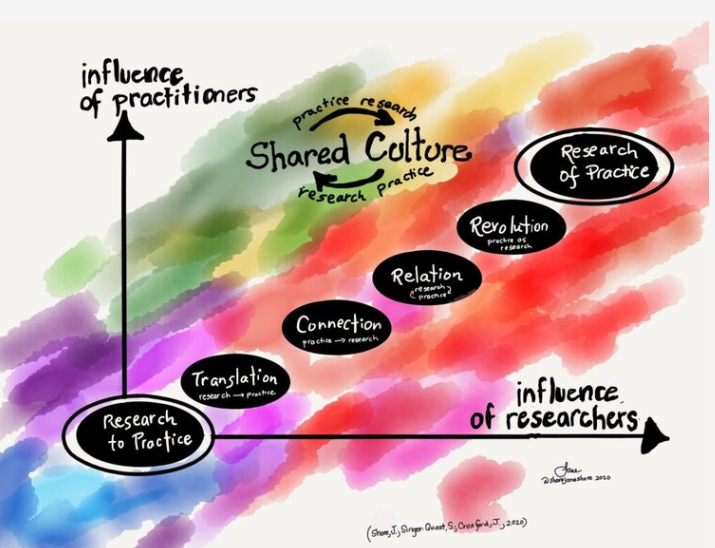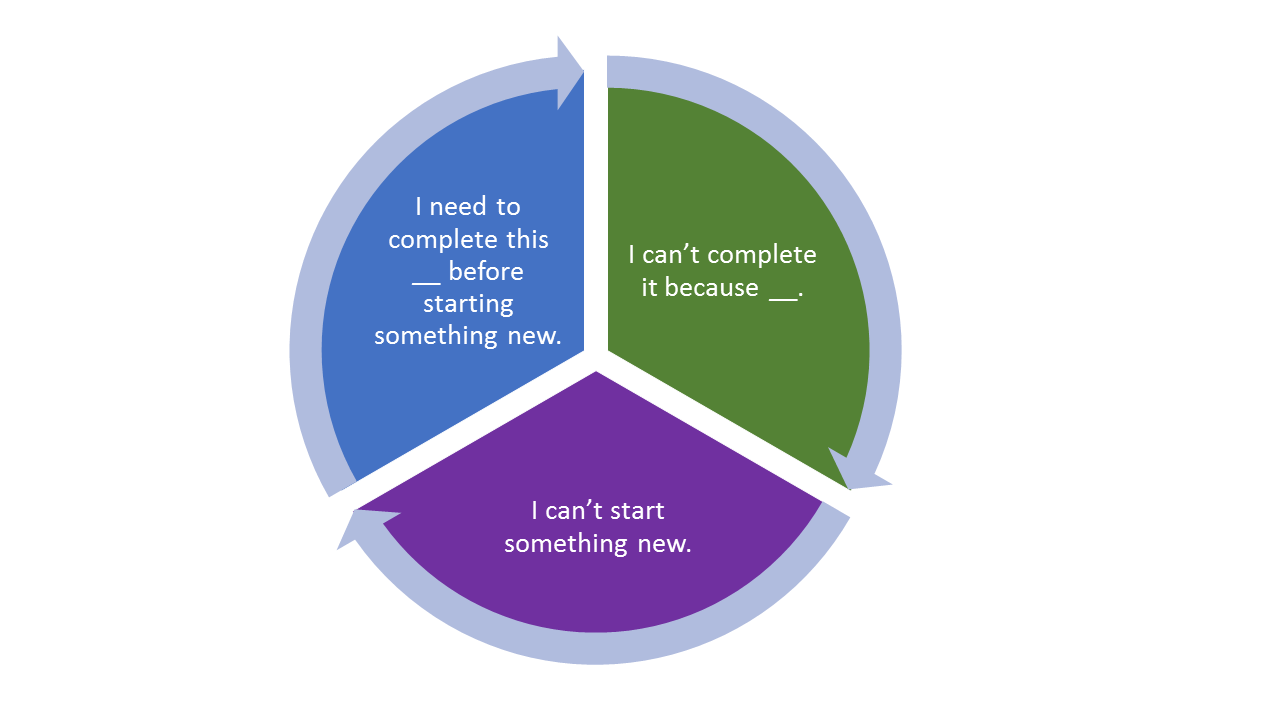Toward the Mainstream Teaching of Social Network Analysis
By Ion Georgiou, professor of problem structuring methods at the Fundação Getulio Vargas, São Paulo, Brazil.
That the world is interconnected is a quaint idea. It implies, for example, the impossible task of conceptually grasping some spontaneously interlinked whole. It invites, also, the tempting, but erroneous, conclusion to tie everything with everything else. It is an idea that, perhaps most of all, leads to problems and challenges being inevitably described as complex. What accounts for complexity, however, is not so much that the world might indeed be (or actually is) interconnected, but that its connections are specifically routed, as opposed to being somehow everywhere. The problem of complexity is a problem of identifying routes.
“Learning about networks, therefore, is to learn key intellectual and empirical skills for navigating through complexity – this descriptor that permeates the world of the 21st century.”
Complexity as a concept, however, only expresses some vague acknowledgment of symptoms. Resolutions, by contrast, always require a focus on causes. Although such causes may lie in the potency of identifiable entities, a singular focus upon them easily degenerates into attributions of blame or scapegoating. A scratch below a surface usually reveals causes to lie in the multifarious and simultaneous interrelations in which entities engage, and in the manner in which these relations are managed. To talk of relations, is to talk of networks. Learning about networks, therefore, is to learn key intellectual and empirical skills for navigating through complexity – this descriptor that permeates the world of the 21st century.
The interactions between human beings, between their organizations, and between human beings and their organizations, give rise to human systems. Mathematicians can model such interactions using a most enlightening and applicable field known as graph theory. When so modeled, human-based interchange appears like circuits of sociation or, as they have come to be called, “social networks”. What has come to be known as “social network analysis”, is the study of networks that underpin and enable human systems.
Human systems, of course, are those in which we find ourselves immersed throughout our lives. Like goldfish in a bowl, however, it is easy, even natural, to pay scant attention to the composition of the water in which we swim. If the world in which we live is really as systemic and as complex as we like to say; if the improvement of the human condition relies, in large part, on the development of sustainable interdependence; then, it behooves us to create, as Molière might have said, “network prose” that is descriptively accurate and analytically useful. The primary field that speaks to this need is the field of social network analysis.
Why teach social network analysis?
Teaching social network analysis, therefore, may be understood as a significant contributor to the skills needed for tackling the world we face today. At least four pedagogic aims immediately come to mind. First, teaching social network analysis must impart an understanding of, and greater confidence in dealing with, complexity. For, where the term “complexity” has come to permeate the discourse of our era, it is used with little knowledge of what complexity actually looks like, and much less of how to tackle it. A central tenet of teaching social network analysis, therefore, must be that, behind each complex system, there is an intricate network that encodes the interactions between the system’s components. Consequently, understanding of, and effective action upon, a complex system requires exploration and analysis of its underlying network. Where anyone might aspire to tackle complexity, the first order of business must be: Show me the network. No network? No resolution.
As a second aim, teaching social network analysis must address a more refined understanding of the popular, but ambiguous and confusing, phrase “the whole is more than the sum of its parts.” This phrase points to some magical emergence of a whole and assumes that parts are summable, which further assumes that they are of the same type. There is no room for magic or simplistic assumptions when tackling complexity. Indeed, the matter is made conceptually accurate by noting what any engineer knows intuitively: a whole is the disposition of its parts and the interactions between them. A system, then, is only ever more than some combination, summed or otherwise, of its parts due to their networked complexion. Parts, their arrangements as well as their constitutions, along with their interactions, form networks. Ergo: any talk of wholes is talk about networks. Teaching social network analysis must offer key exploratory and analytical skills for dealing with whole, identifiable, empirical networks, and critical thinking skills for asking correct questions about them.
A third aim of teaching social network analysis must be to foster an appreciation of the human experience. For human civilization is not defined by any one combination or permutation of its social, political, religious, cultural and historical influences, nor of its economic, ethical, and aesthetic preferences – though it might want to attend somewhat more closely, and urgently, to its ecological deliberations. These parameters, which may conveniently be abbreviated with the acronym PREACHEES, interact to form patterns, with varying degrees of harmonious integration between them. Studying networks of human systems sheds light on the recurring, as well as the emerging, and even innovative, patterns of sociation, and contributes toward identifying conflict and harmony, stagnation and change, and means for intervening. In medieval times, people lived in a world dominated by textual exegesis, be it of the Bible or of Aristotle. Consequently, philology was basic training for scholars and educated laypersons. Today we live in a multiculturally interdependent world that continuously attempts to explain and interpret interrelationships. In this world, basic training lies in social networks, in exploring them through network maps, in testing them through network models, in extracting information about them through network analysis.
Finally, a fourth aim of teaching social network analysis must be the most basic of all: To demonstrate that the essential difficulty with complexity is not in its resolution. For, complexity is not irresolvable. Complexity is irresolvable only when accompanied by disorder. Hence, the road toward resolving complexity lies with approaches that can, first and foremost, transform the disorder into some order. This implies the imposition of structure. Network science, like all the foremost sciences, structures what seems, to the untrained eye, as disorder. From the structures that it builds of the world, explorations of that world are facilitated, and resolutions of interrelated problems may begin.
New scholarship is needed about pedagogical approaches for teaching social network analysis.
Despite innumerable, reported, empirical applications of social network analysis, scholarship that discusses pedagogic engagement with this field is scarce and inadequate. Based on a career of research and teaching in this field, I have recently set down criteria for suitable textbooks, delineated content that is methodical in its facilitation of studious endeavors, and argued for the adoption of a didactic process of classroom experiential/problem-based learning. The pedagogic strategy that I propose is purposely aimed at revealing exploratory possibilities, advancing conceptual understanding, sharpening analytical attention, exercising interpretive adroitness, and thus offering a sound intellectual and practical skill-set for understanding human networks, undertaking social network analysis, and/or underwriting the claims and recommendations of third-party experts in the field. My findings may be studied in my recent paper (cited below) which I hope provides a platform to stimulate not only the teaching of social network analysis, but its inclusion as a recognized, mainstream subject in the higher education curriculum.
Georgiou I (2023) Teaching social network analysis. The International Journal of Management Education 21(2): 100816 Digital Object Identifier: https://doi.org/10.1016/j.ijme.2023.100816
Ion Georgiou is professor of problem structuring methods at the Fundação Getulio Vargas, São Paulo, Brazil. Some of his achievements in applying network science include the resolution of one of the 20th Century’s outstanding analytical problems in graph theory, as well as its application to decision-making; the exploration, analysis, and resolution of compatibility and diversity in teams; the use of cognitive network maps to uncover the structure and consequences of decision-making in infrastructure development; and the design of an innovative approach to the analysis of bibliographic networks to explore fundamental intellectual issues and historical developments in scholarly fields. He is a reflective trainer and pedagogist, as witnessed in his innovative approach to case-based classroom experiential learning; his evaluation rubric that facilitates a progressive appraisal of the integration of history within a literature review; and, his integrated, systemic pedagogic methodology and strategy for teaching/training social network analysis. His book, Thinking Through Systems Thinking (Routledge, 2007), is the most comprehensive study on the epistemology and ethics inherent to systemic challenges. He may be reached at the following email address: phokion.georgiou@fgv.br
























This blog post is the eighth, and final, post in a follow-on to our 2021 “The future of computational social science is Black” series, about a Summer Institute in Computational Social Science organized by Howard University and Mathematica. It continues to bring the power of computational social science to the issues of systemic racism and inequality in America. This marks the third iteration of the successful SICSS model being hosted by a Historically Black College or University.